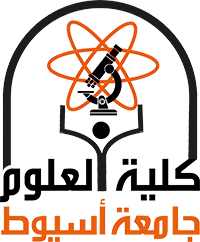This work is devoted to the synthesis of different semiconductor nanoparticles and their metal
core–shell nanocomposites such as TiO2, Au/TiO2, ZnO, and Au/ZnO. The morphology and
crystal structures of the developed nanomaterials were characterized by transmission electron
microscopy (TEM) and x-ray diffraction (XRD). These materials were used as catalysts for the
photodegradation of malathion, which is one of the most commonly used pesticides in
developing countries. The degradation of 10 ppm malathion under ultraviolet (UV) and visible
light in the presence of different synthesized nanocomposites was analyzed using high
performance liquid chromatography (HPLC) and UV–visible spectra. A comprehensive study
was carried out for the catalytic efficiency of the prepared nanoparticles. Moreover, the effects
of different factors that could influence catalytic photodegradation, such as different light
sources, surface coverage and the nature of the organic contaminants, were investigated. The
results indicate that the core–shell nanocomposite of semiconductor–gold serves as a better
catalytic system than the semiconductor nanoparticles themselves.
ملخص البحث
قسم البحث
مجلة البحث
Nanotechnology
المشارك في البحث
تصنيف البحث
1
عدد البحث
Vol. 22
سنة البحث
2011

